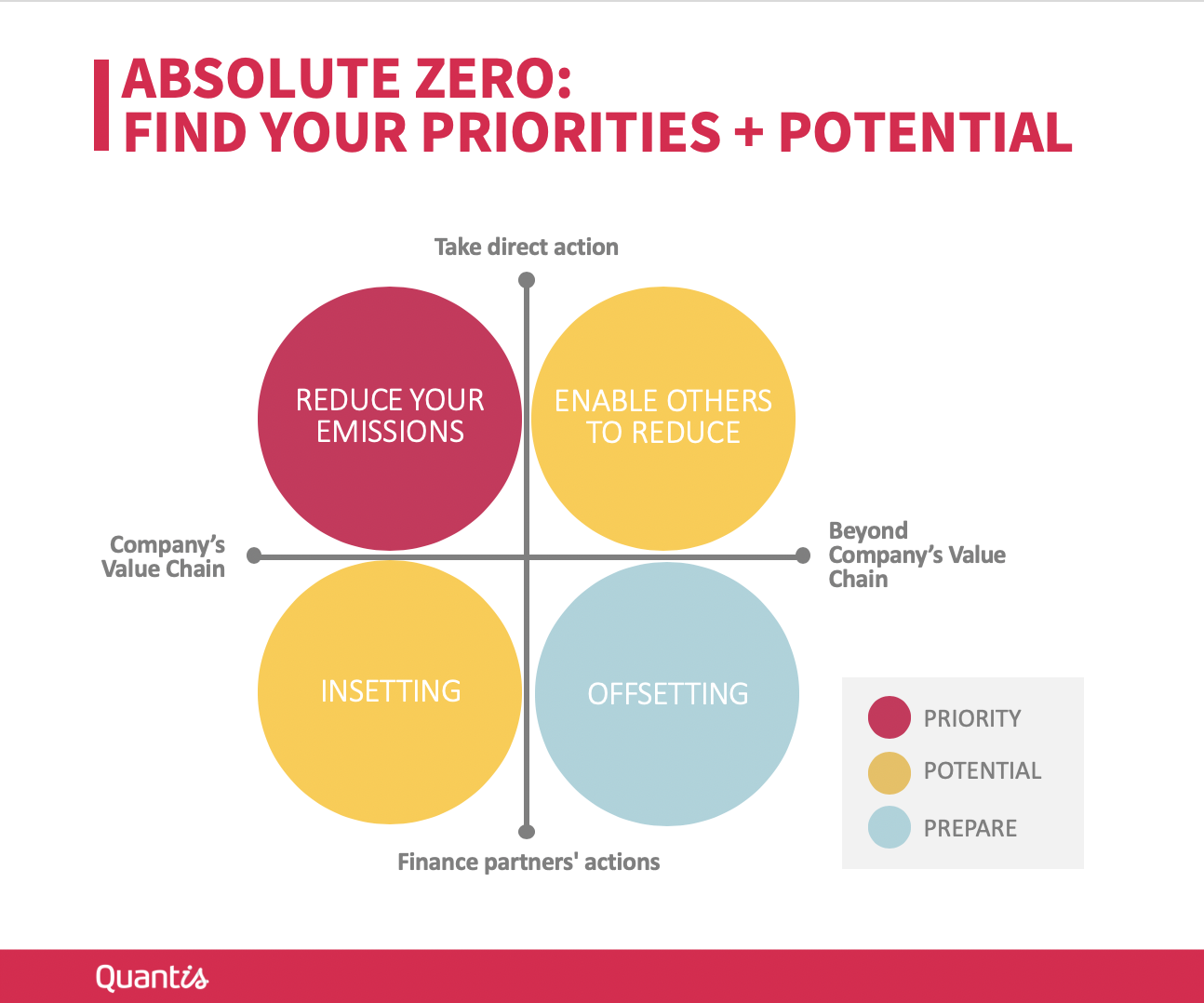How Ocean Spray cranberries became America’s ‘100 percent sustainable’ crop
Jesse Klein
Thu, 06/04/2020 – 01:45
Cranberries are more than just an American Thanksgiving Day tradition; they also are a tradition of the American land. The crop is one of only three native cultivated fruits in North America.
Because the plant is actually meant to grow in the natural environment, many growing and harvesting practices already help the surrounding land and could be considered sustainable, under normal conditions. The berry grows best in boggy, water-soaked soil that can’t be used for many other crops. And every one acre of cranberry bog requires 5.5 acres of wild marsh needed around it — a built-in wetlands preservation strategy.
“It’s a symbiotic relationship,” said Chris Ferzli, director of global corporate affairs and communications for Ocean Spray, the well-known agricultural co-operative, which generates annual revenue of about $2 billion. “The water in natural land supports the cranberry bog and in return, the cranberry bog enriches the soil that supports outside land.”
Ocean Spray recently took advantage of the crop’s natural sustainability to become the first major food manufacturer in the United States to have its entire crop be certified “100 percent sustainable.” Specifically, the Sustainable Agriculture Initiative Platform (SAI Platform) used its Farm Sustainability Assessment to verify that each organization within Ocean Spray’s 700-farm co-op is operating with regenerative agriculture in mind.
The water in natural land supports the cranberry bog and in return, the cranberry bog enriches the soil that supports outside land.
SAI’s Farm Sustainability Assessment dives into 112 questions over 17 categories to evaluate a farm’s investment in sustainable practices. The questions range from the safety of workers to nuanced issues of greenhouse gas emissions, and they are categorized in three ways: “essential,” “basic” and “advanced.”
For example, one question — “Do you take measures to maximize energy use efficiency such as optimizing your farm equipment and optimizing electricity use?” — checks if farmers are reducing non-renewable sources of energy, avoiding forest degradation or conversion and optimizing farm equipment usage.

In order for the crop to be considered 100 percent sustainable, all of Ocean Spray’s farms had to score well for 100 percent of the 23 essential questions, at least 80 percent of the 60 basic questions and at least 50 percent of the 29 advanced questions.
A third-party auditor, SCS Global, verified each Ocean Spray farm’s answers.
“The biggest challenge was the gap in how we define things and how a certifying body might define things,” Ocean Spray farmer Nicole Hansen wrote in an email when asked to describe how tough the certification process was from the farmer’s point of view. “In the end, we are all talking the same language. Maybe just a different dialect.”
Hansen’s farm, Cranberry Creek Cranberries, joined the Ocean Spray co-op in the late 1990s and is one of the largest producers in Wisconsin.
According to Ferzli, the adjustments the farmers had to make were few and mostly centered on upgrading technologies that made sense for the specific bogs.
There was such a strong sustainability mentality across the cooperative that making these few changes to verify this crop was worth it.
For example, moisture probes help farmers conserve water by collecting real-time data and only watering when the soil dips below a certain limit instead of on a set schedule. Temperature monitors feed into smart systems and are able to more accurately measure temperatures at both the top and bottom of a cranberry bed than traditionally handheld thermometers.
When building new beds, laser levelers help ensure the bed is flat and even, so that floodwater moves efficiently during harvest season, keeping the amount needed at a minimum. Farmers also addressed irrigation systems and sprinklers that had unnecessary runoff, causing water waste.
While most of these changes were inexpensive, Ferzli said Ocean Spray does help its farmers apply for grants so they can put the most innovative and sustainable technologies in place, including the Baker-Polito Administration grant that awarded $991,837 to 21 cranberry growers in 2019, 15 of which are part of the Ocean Spray co-op.
Another factor leading to Ocean Spray’s milestone was the structural history of the cranberry crop. Cranberries are already a very consolidated operation with almost all of the U.S.’s cranberries grown in Wisconsin or Massachusetts. In 2017, Wisconsin produced 5.4 billion barrels and Massachusetts produced 1.9 million. Ocean Spray’s co-op makes up a large percentage of those farms. In fact, of the 414 cranberry growers in Massachusetts, 65 percent are part of the Ocean Spray family.
The coalition of cranberry growers and the administrative structure in place was vital. Ocean Spray growers already submit a farm assessment survey required by retail partners such as Walmart that covers the health and safety of their workers and renewable energy.
That meant the co-op had the structure to distribute the SAI Platform survey, collect the data, make adjustments and comply with an audit, making getting to 100 percent much more feasible and streamlined than if the structure weren’t already in place.
“The farmers wanted to do it,” Ferzli said. “There was such a strong sustainability mentality across the cooperative that making these few changes to verify this crop was worth it.”
The verification applies to Ocean Spray’s agriculture program and operations for three years. The company plans to survey the farmers every year and continue the verification process every three years when it comes up for audit. Only then will we know if growing sustainably is sustainable for the business.
Food & Agriculture
Sustainability

An Ocean Spray cranberry farm.












